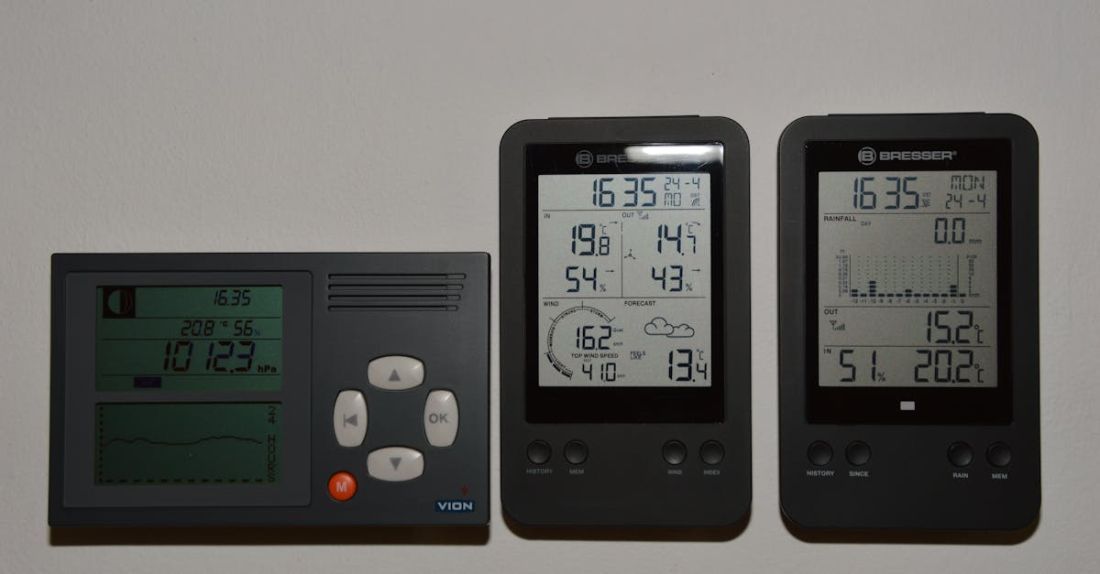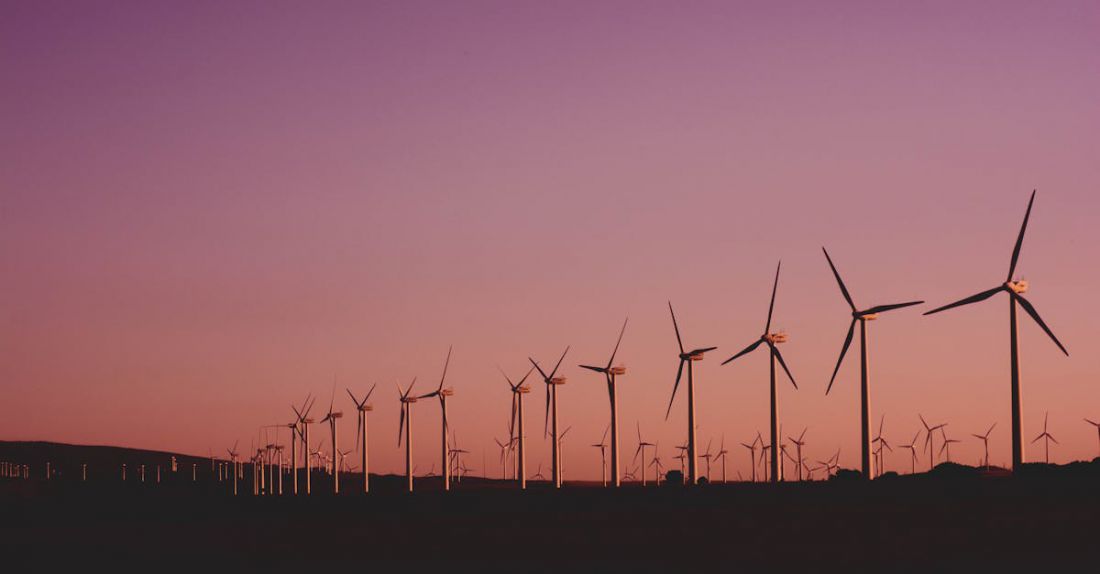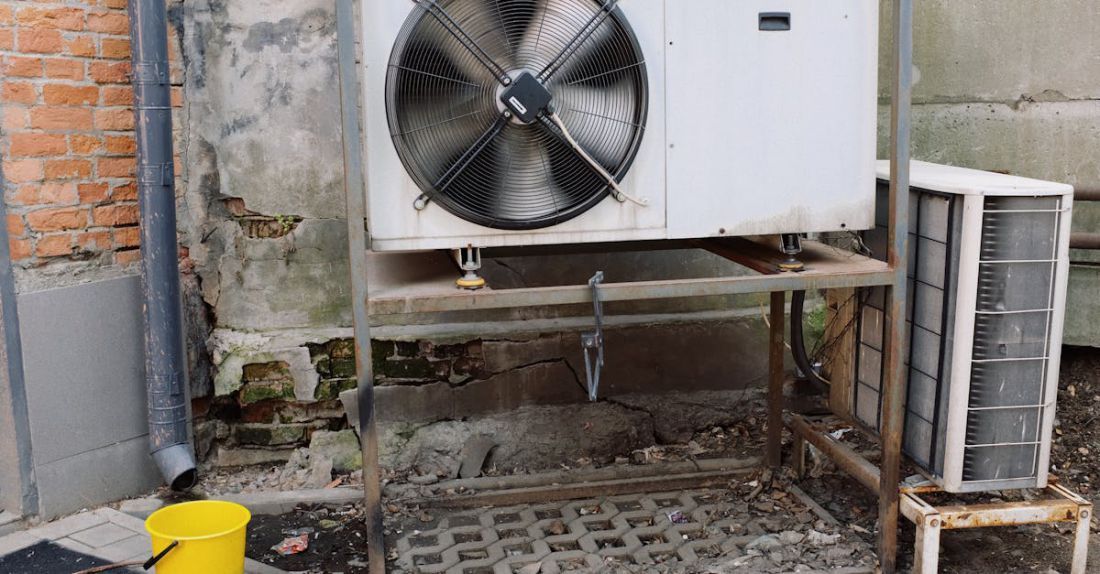
Insulation is a crucial component in ensuring energy efficiency in buildings. From reducing heat loss in the winter to minimizing heat gain in the summer, proper insulation plays a significant role in maintaining a comfortable indoor environment while lowering energy consumption. Let’s delve deeper into how insulation impacts energy efficiency and why it is essential for both residential and commercial structures.
The Basics of Insulation
Insulation is a material that is used to prevent the transfer of heat between the inside and outside of a building. It acts as a barrier, slowing down the movement of heat through walls, ceilings, and floors. By reducing heat transfer, insulation helps maintain a consistent temperature inside the building, reducing the need for heating and cooling systems to work harder to regulate the indoor climate.
Types of Insulation
There are various types of insulation available, each with its own set of characteristics and benefits. Common types of insulation include fiberglass, cellulose, foam, and reflective materials. The choice of insulation material depends on factors such as the climate, building design, and budget. Proper installation of insulation is also crucial to ensure its effectiveness in improving energy efficiency.
Winter Energy Efficiency
During the winter months, proper insulation helps retain heat inside a building, reducing the amount of energy needed to keep the indoor space warm. Without adequate insulation, heat can escape through walls, roofs, and windows, leading to increased energy consumption and higher heating bills. By investing in quality insulation, homeowners and businesses can create a more energy-efficient environment and lower their overall energy costs.
Summer Energy Efficiency
In the summer, insulation plays a vital role in keeping buildings cool and comfortable. By preventing heat from entering the building, insulation helps reduce the reliance on air conditioning systems, which can be a significant energy drain. Proper insulation in ceilings, walls, and attics can significantly decrease the transfer of heat into the building, leading to lower cooling costs and improved energy efficiency during the hot summer months.
Environmental Impact
In addition to reducing energy consumption and lowering utility bills, insulation also has a positive impact on the environment. By improving energy efficiency, buildings require less electricity, gas, or oil to maintain a comfortable temperature, resulting in reduced greenhouse gas emissions and a smaller carbon footprint. Investing in insulation is not only beneficial for saving money but also for contributing to a more sustainable and eco-friendly future.
Long-Term Savings
While the upfront cost of installing insulation may deter some property owners, the long-term savings and benefits far outweigh the initial investment. By improving energy efficiency through proper insulation, buildings can lower their energy bills, increase property value, and create a more comfortable living or working environment. Over time, the money saved on energy costs can offset the cost of insulation installation, making it a cost-effective and worthwhile investment.
Maximizing Insulation Effectiveness
To maximize the effectiveness of insulation and ensure optimal energy efficiency, property owners should consider factors such as proper installation, adequate thickness, and regular maintenance. Insulation should be installed by professionals to avoid gaps or compressions that can reduce its efficiency. Additionally, adding more insulation in areas with high heat transfer, such as attics and basements, can further improve energy efficiency and comfort levels within a building.
In conclusion, insulation is a fundamental element in improving energy efficiency in buildings. By reducing heat transfer, maintaining consistent temperatures, and lowering energy consumption, insulation plays a crucial role in creating a comfortable and sustainable indoor environment. Investing in quality insulation not only leads to cost savings but also contributes to a greener future and a more energy-efficient world.





